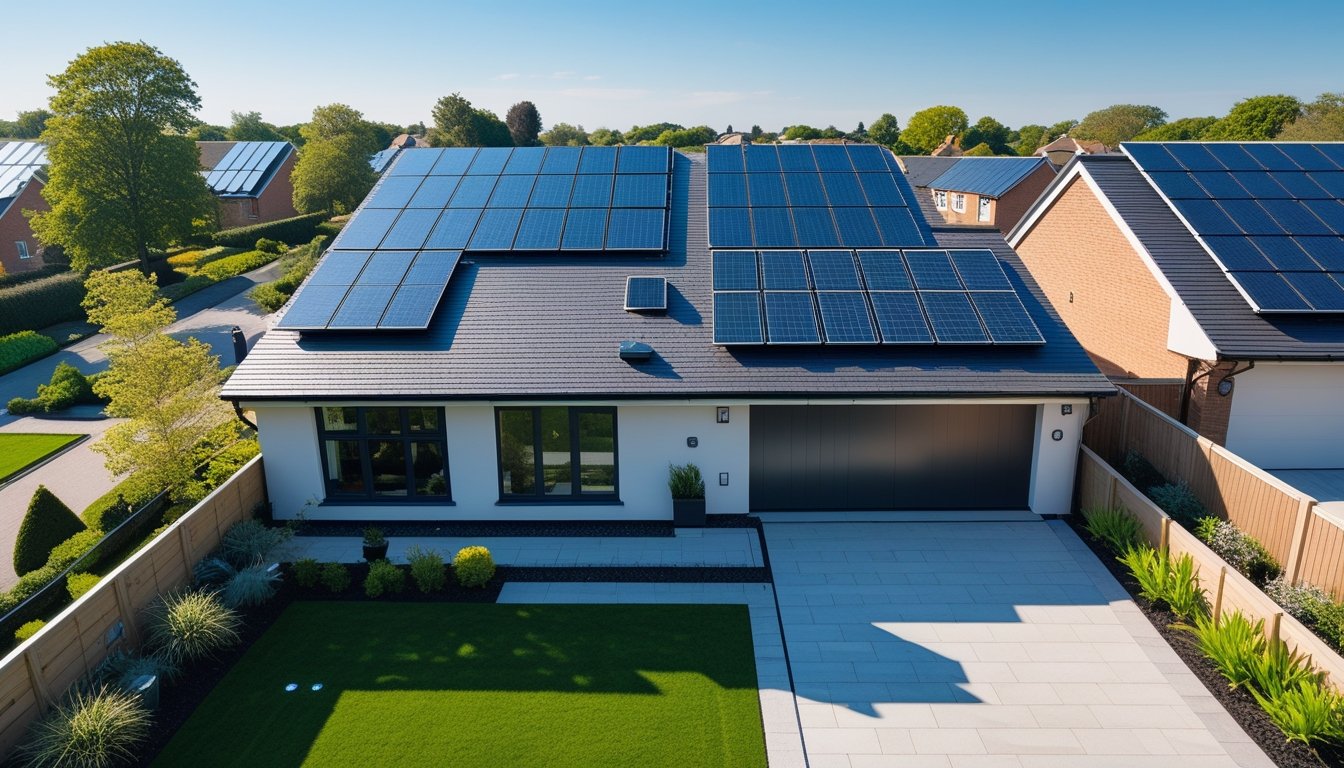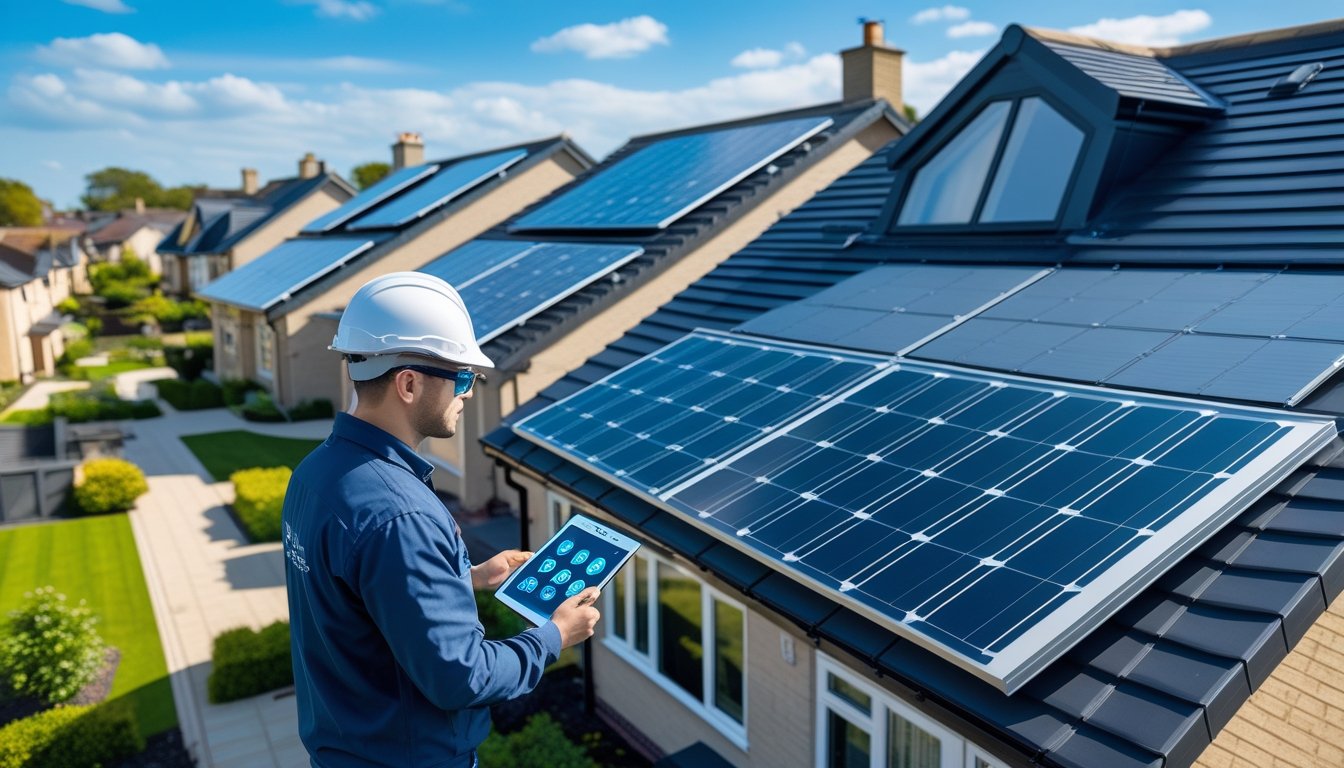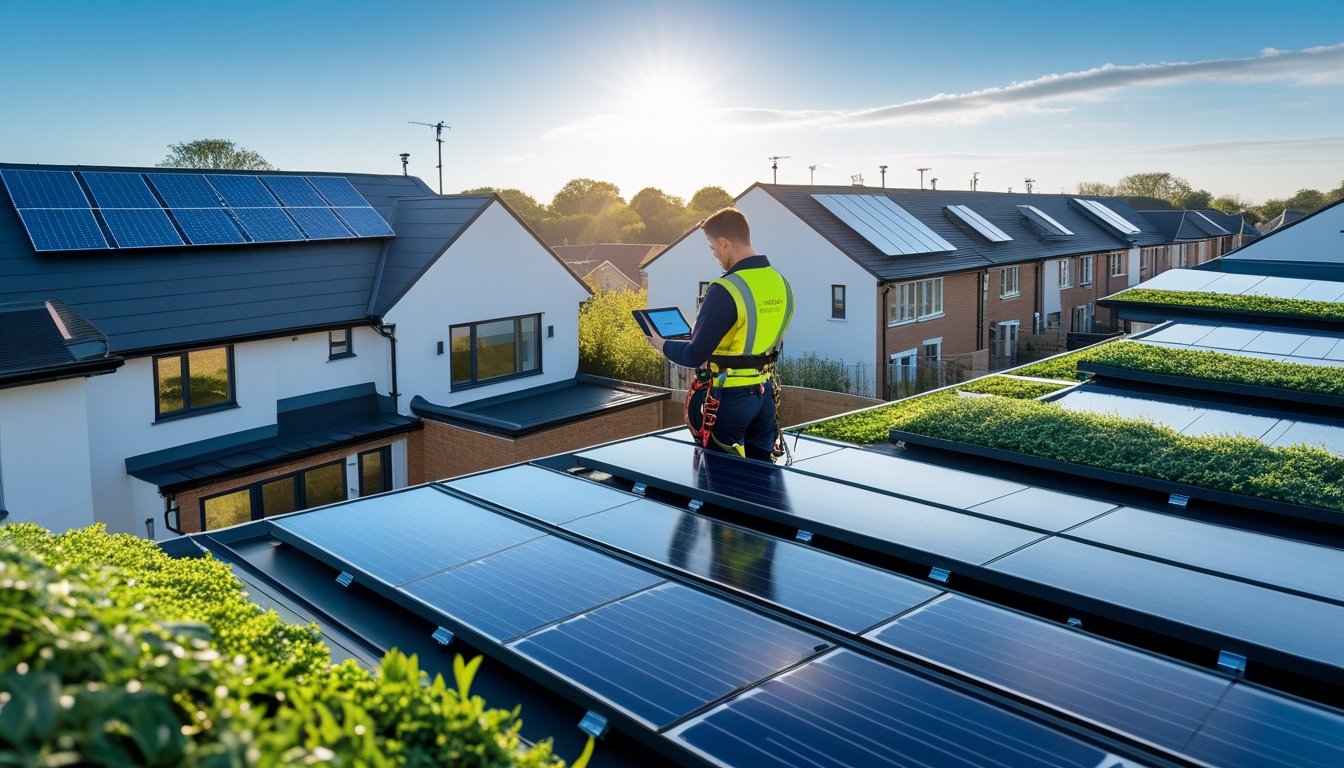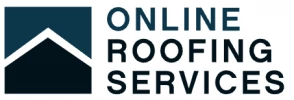Late updated: 05 Oct 2025 14:10
Written by: Oliver Bennett
Emerging Smart Roof Technologies for UK Homes: Innovations and Benefits
The world of roofing is undergoing an exciting transformation with the advent of smart technologies. Innovations are not just confined to the interiors of our homes; they are now integral to the roofs that protect us. Smart roof technologies are combining internet connectivity with eco-friendly materials to create roofs that are not only sustainable but can also monitor their own condition.

In the UK, this shift toward smart roofing solutions is gaining momentum. From solar roof tiles to WiFi-connected sensors that detect leaks and potential damage, the choices for homeowners are growing. These technologies offer practical benefits such as energy efficiency and proactive maintenance alerts, all while contributing to a home's overall sustainability.
As we explore these emerging technologies, it's clear they are redefining how we interact with our living spaces. With government incentives encouraging this trend, homeowners have more reasons than ever to consider smart roofs as a viable investment.
Key Takeaways
- Smart roofs integrate technology and sustainability.
- UK homeowners have increasing options for innovative roofing.
- Government incentives support the adoption of smart roofs.
Key Emerging Smart Roof Technologies for UK Homes
Incorporating smart roof technologies in UK homes offers advancements in both energy efficiency and environmental management. These cutting-edge solutions span various functionalities, enhancing sustainability and functionality through innovative materials and design.
Solar Roofing and Integrated Solar Tiles
Solar roofing and integrated solar tiles have revolutionised how we harness solar energy. Traditional solar panels, while effective, are now supplemented by more seamless solutions like solar tiles, which blend aesthetically with common roofing materials. These tiles are not only visually appealing but also provide high energy output, making them a favourite among homeowners wanting to reduce their energy bills.
Installation of solar roofing often involves tailoring to specific roof types, allowing maximum exposure and efficiency. It’s essential for us to consider local weather patterns and roof angles to optimise solar energy capture. Integrating these systems complements modern home designs, promoting both sustainability and energy independence.
Cool Roofs and Reflective Coatings
For temperature management, cool roofs and reflective coatings offer a practical solution. These roofs employ light-coloured membranes or reflective coatings that minimise heat absorption. By reflecting more sunlight than conventional roofing, a cool roof significantly reduces indoor cooling demands, particularly during warmer months.
This technology proves beneficial in urban environments where heat absorption is a growing concern. Such roofs extend the lifespan of roofing materials by mitigating thermal stress and reducing temperature fluctuations. By incorporating reflective coatings, we can maintain a more comfortable indoor climate and curtail cooling costs, thereby fostering an energy-efficient household.
Green Roofs and Stormwater Management
Green roofs represent a fusion of nature and architecture, assisting both in air quality improvement and stormwater management. These roofs, covered in vegetation, absorb rainwater, reducing runoff and lowering the risk of urban flooding. This natural absorption also alleviates pressure on drainage systems, proving vital during heavy rains.
Aside from stormwater management, green roofs provide excellent insulation properties. They help keep homes cooler in summer and warmer in winter, contributing to reduced energy usage. By cultivating local flora, we enhance biodiversity and create a living space that benefits both the environment and property value.
Self-Healing Materials and Smart Polymers
Advancements in self-healing materials and smart polymers mark a substantial leap forward in roofing durability and longevity. These innovative materials can autonomously repair small cracks and damages, maintaining the structural integrity of the roof. They act by reacting to environmental triggers or damage stimuli, enabling unprecedented levels of maintenance-free resilience.
Smart polymers adaptively respond to specific conditions, providing a new level of adaptability in protective roofing materials. As we explore their potential, the promise of reduced maintenance costs and extended lifespans for roofing systems becomes increasingly achievable, offering considerable long-term benefits for homeowners.
Innovative Smart Roofing Systems and Materials

Smart roofing systems and materials are transforming UK homes by integrating advanced technologies and sustainable practices. These innovations maximise energy efficiency, reduce environmental impact, and provide homeowners with enhanced control over their roofing's functionality.
Smart Sensors and IoT-Enabled Monitoring
Smart sensors are integral to modern roofing systems. They provide real-time data on various environmental and structural factors. By leveraging the Internet of Things (IoT), sensors can detect leaks, monitor temperature fluctuations, and assess overall roof health. Homeowners receive alerts when maintenance is required, thus preventing costly repairs.
These systems allow us to optimise energy use and improve the longevity of roofing materials through timely interventions. Early detection of issues contributes to both economic savings and sustainability.
Sustainable Roofing Materials and Energy Efficiency
Utilising sustainable roofing materials is increasingly important in reducing environmental impact. Materials such as recycled metal, solar tiles, and green roofs offer durability while improving energy efficiency. For instance, solar tiles capture sunlight, generating clean energy, which can power our homes.
Green roofs, on the other hand, provide insulation and natural cooling, lowering heating and cooling costs. By choosing sustainable options, we can further lessen our carbon footprint while maintaining modern aesthetic designs.
Energy Savings Through Smart Technology Integration
By integrating smart technologies into roofing systems, we achieve significant energy savings. Automation and advanced controls harmonise with existing home systems to enhance energy management. Smart roofs with solar panels can offset electricity usage by generating renewable energy, leading to reduced utility bills.
Additionally, precise climate controls adapt to changing weather conditions, ensuring optimal comfort and energy efficiency. This integration helps us create a more sustainable living environment that aligns with our energy-saving goals.
Frequently Asked Questions

In the realm of smart roofing, integrating solar technologies and eco-friendly solutions paves the way for energy-efficient homes. These advancements offer benefits such as reduced energy bills, improved home resilience, and potential environmental incentives.
What are the latest advancements in solar-integrated roofing for UK properties?
Recent developments in solar-integrated roofing include solar tiles and advanced photovoltaic materials. These innovations not only blend seamlessly with conventional roofing materials to improve aesthetics but also enhance energy capture. Solar roof tiles represent a key step towards reducing reliance on traditional energy sources.
How do smart roofs contribute to improving home energy efficiency in the UK?
Smart roofs utilise advanced sensors and automation to optimise energy use. By dynamically adjusting to weather conditions and regulating internal temperatures, they help to cut down on energy consumption. This results in reduced utility bills and a smaller carbon footprint for homeowners.
What are the options for homeowners looking to install eco-friendly roofing solutions?
Eco-friendly roofing options include green roofs, cool roofs, and roofs made from recycled materials. Green roofs, in particular, support biodiversity and manage rainwater, while cool roofs reflect sunlight to lower cooling needs. These options enhance sustainability for UK dwellings.
What incentives are available for UK homeowners who opt for smart roofing technologies?
UK homeowners may benefit from government grants and subsidies aimed at fostering sustainable building practices. The Green Homes Grant scheme is one example, offering financial assistance for energy-efficient home improvements, including smart roofing technologies. These incentives make adopting green roofing more accessible.
How can smart roof systems help in managing stormwater in UK home constructions?
Smart roof systems incorporate rainwater harvesting technologies and permeable materials to combat excess water. By collecting and redirecting stormwater, these systems minimise flooding risks and lessen the strain on urban drainage systems. Enhancing water management is a priority for maintaining sustainable homes.
What is the potential impact of smart roofs on the longevity and maintenance of UK housing?
Smart roofs extend the lifespan of homes by offering superior protection against the elements. Their advanced materials and monitoring systems detect and address issues early, preventing costly damage. This proactive maintenance approach contributes to the long-term durability of UK housing stock.
